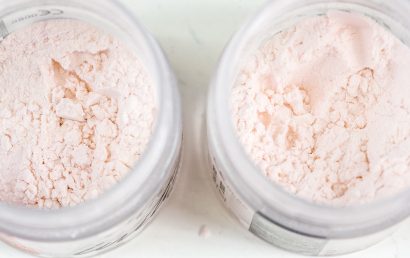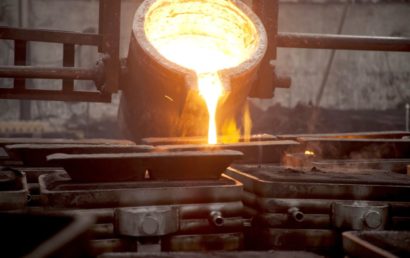Titanium Nitride Applications To Know
There are all kinds of surface treatments – TiN coating (titanium nitride) being one of them. Industries such as energy, food processing, aerospace, medical, and automotive use this coating on a regular basis. TiN is a ceramic coating that is gold colored.
Here, we are going to take a closer look at the properties of titanium nitride and how it compares to gold. We’ll also examine PVD (physical vapor deposition) and ceramic coating.
The Properties of Titanium Nitride
Used to prevent material buildup, the material has a nonstick surface. It protects sliding surfaces when used as a coating. For welding applications and hot stamping, this is particularly critical. Though exceptionally stronger than gold, it has a similar appearance.
The properties of this material are as follows:
- 200°C to 450°C – deposition temperature
- 2000 kg/mm² or 84 Rc – hardness
- 2950°C – melting temperature
- 1 to 5 microns (0.0002 inches), typically – thickness
Because of its corrosion resistance and strength, popular uses for titanium nitride include end mills and drill bits. Cutting edges are kept intact by the coating. Also for that reason, it is frequently used in medical devices. Studies are currently being done as to the use of titanium nitride for hip replacements and other surgical implants. It meets FDA guidelines as a non-toxic coating.
Titanium Nitride Versus Gold
Many will agree that one of the most attractive coatings known to exist is that of gold. A better option, however, may be titanium nitride. Utilizing the PVD process (physical vapor deposition), using gold as a coating is a very expensive option. Because the use of titanium nitride is much less expensive, but gives the same look as gold, it is preferred in many industries.
What Is PVD?
Physical vapor deposition (PVD) has replaced the outdated process of electroplating. It is now the standard for applying finishes or coatings. PVD is environmentally safe. It is a technique of vacuum coating a surface through the vaporization of solid metal which is then deposited on the substrate (surface) in question.
In addition to titanium nitride, metal substrates are coated or covered with ceramic films via PVD or plasma spraying. Electro crystalized and sintered onto the surface in question, a ceramic plating is classified as a “wet plating” form. Ceramic plating is similar to electroplating in how ceramic films are formed and the principal behind them.
Where Can Ceramic Plating Be Used?
Compatible with this plating method are the following metals:
- Titanium
- Magnesium
- Aluminum
They must, however, be anodized first, in order to be used for plating. Another important factor to keep in mind is, for the electrolyte solution, the use of silicate salt.
To improve the properties of a substrate’s surface, it is frequently used to coat aluminum, carbide, steel, and titanium alloy components. A coating of less than 0.002 inches (5 micrometers) is a typical application.
Ceramic plating is used for numerous applications from high end wall materials to decorative items, and from functional applications to kitchen items.
Could Your Company Benefit from Titanium Nitride?
The following industries/equipment rely on companies like A&A Coatings for their TiN applications:
- Food processing equipment
- Extrusion dies
- Plastic molds
- Dental instruments and implants
- Surgical implants and medical devices
- Aerospace components
So, clearly, your company could benefit from the use of titanium nitride.Contact us today if you’d like to know how A&A Coatings and titanium nitride can help to reduce your company’s costs.




